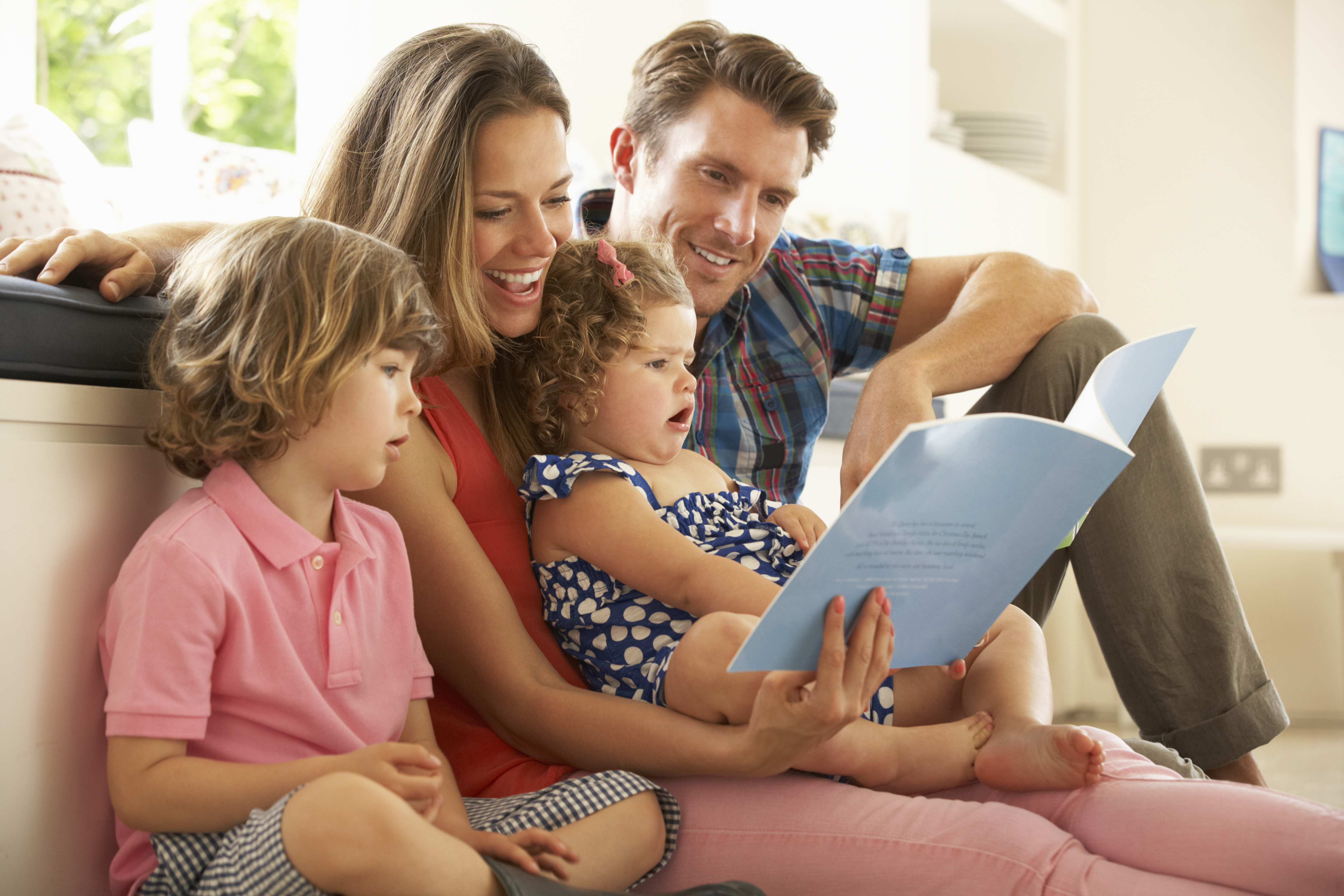What Types of Books are Best for Preschoolers?

Linking Children Into Literacy: Ages 3-5
I am enjoying a cup of coffee on a snowy winter day while watching my 11-years-olds argue about whose turn it is to vacuum and whose turn it is to empty the dishwasher. My daughter says, "Jack, I see your lips moving but all I hear is 'Aggle Flaggle Klabble.'" I gently smile as I hear the reference from the book Knuffle Bunny. All those tender moments spent belly laughing with the book from ages 3 to 7 created endless memories for my children.
Once your child gets to the age of 3, he or she will become interested in books that provide illustrations and funny quotes like Knuffle Bunny's "Aggle Flaggle Klabble." Your child will laugh at how Trixie goes "boneless" at the most inopportune times for her parents (and you'll appreciate this too).
Picture books are still the best books for preschoolers. They stimulate children's senses and "big books" of pictures will create shrieks of excitement. Oversized books are fun for children to explore and touch. At many of our U.Fund Start U.Reading events, we read big books because children love the illustrations and imagine jumping into the scenes. We often pick up Laura Joffe Numeroff's If you Give a Mouse a Cookie, a great one for your family. Children get to guess what happens next on each page, and then we ask them to imagine what else could happen. This is still the most requested book at our Start U.Reading events, because it's an interactive, fun, extra-large book that can be read over and over!
As the Founder of the U.Fund Start U.Reading program, my goal is to instill the love of reading while encouraging families to plan for their children's academic future. And this means urging the whole family to save for college. It's never too early to start teaching children lessons about saving money, and certain books for preschoolers can help. Rosemary Wells does a fantastic job illustrating this important message in her book, Max and Ruby Bunny Money. Young children can understand why Max wants to save for Grandma's birthday present and what Ruby wants to buy Grandma. They will grasp how Ruby (wisely) saves money. And how Max spends it and therefore can't buy Grandma that gift he wanted to purchase.
When my children were 4 years old and I needed 30 minutes to unload the dishwasher or reply to emails, our twins jumped at the chance to flip through the pages of Good Night Moon by Margaret Wise Brown. The bright illustrations and repetition in this book allowed them to have every page memorized within a week. They had their grandmother so convinced they were actually reading the book (vs repeating what they had memorized) that she would immediately add money to their college savings. Thank you Margaret Wise Brown! My children have now moved on to Good Night iPad – a great literary spoof on the original book. I regularly take it out for my 11-year-olds when they don't want to turn off their devices!
Even though my children are now older, the lessons and repetition from the books they read as preschoolers hold true. When they're frustrated with me they can "Aggle Flaggle Klabble" me all they want. I just bring out Good Night iPad, help them put down their devices, and we all go to bed happy with a good lesson from when they were 3 years old!
